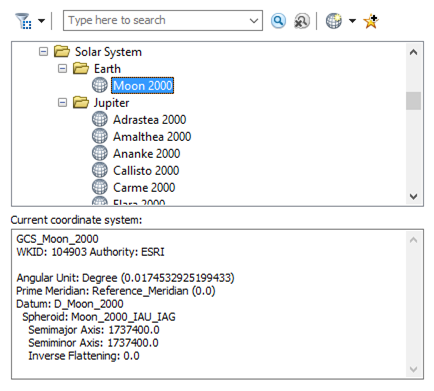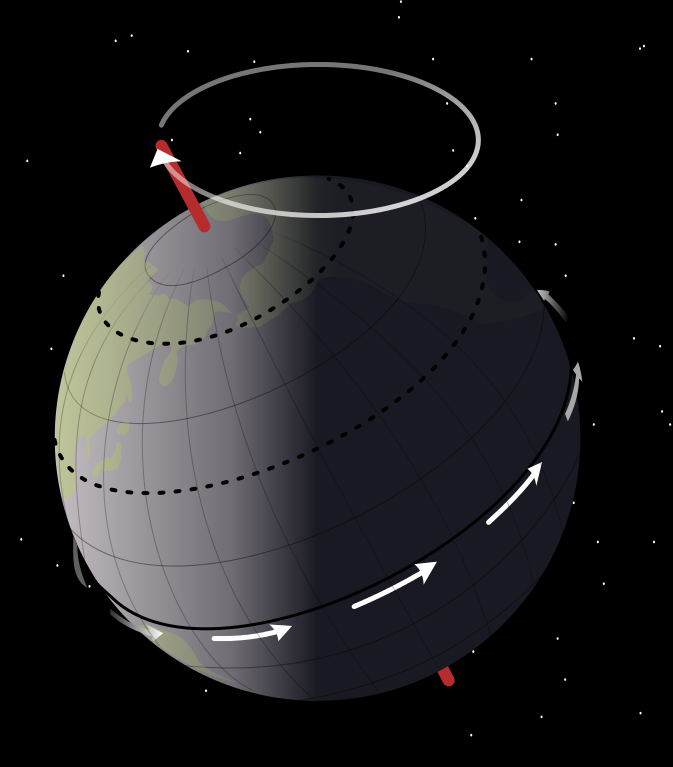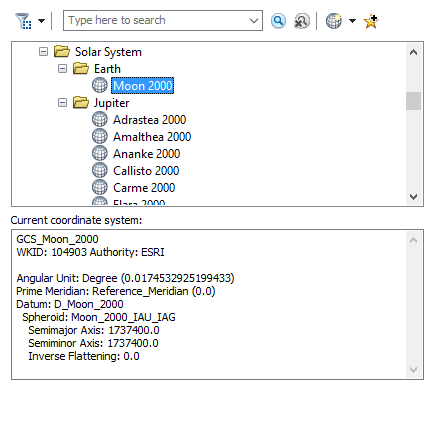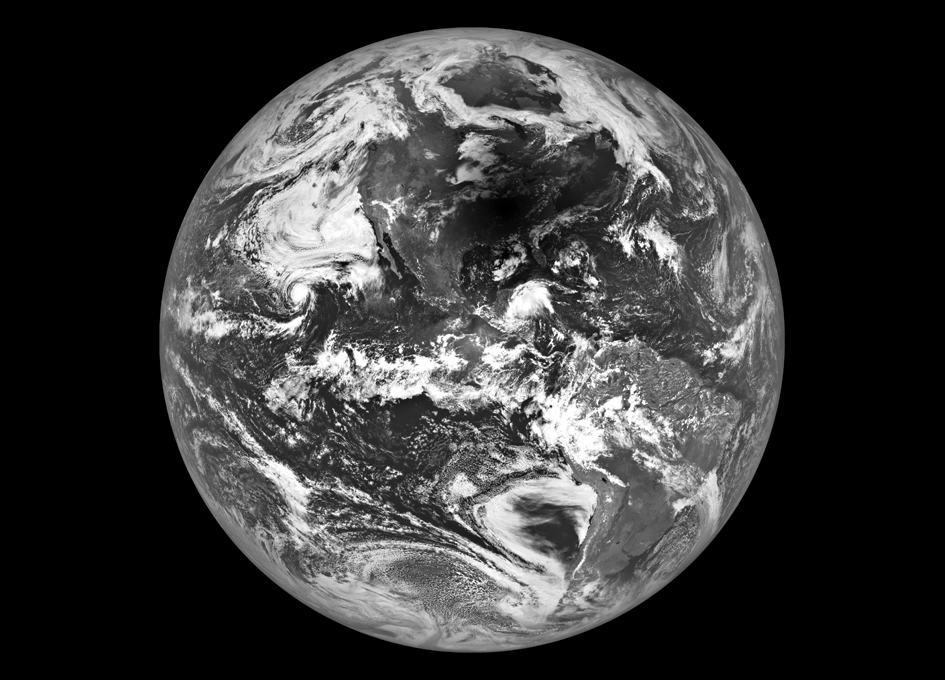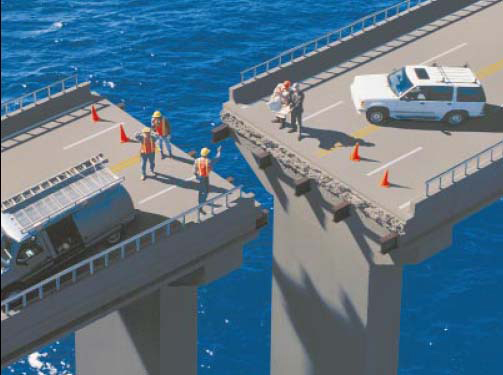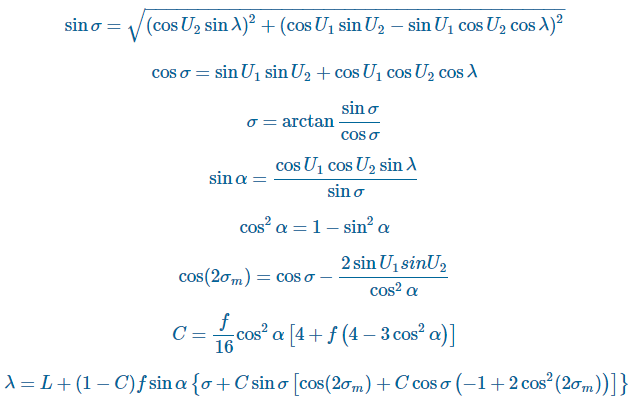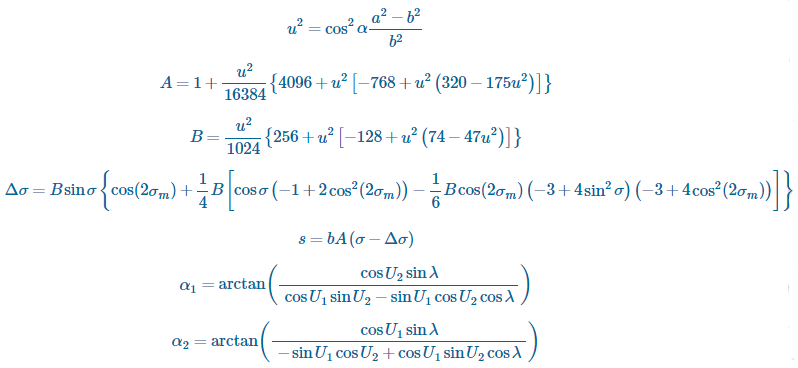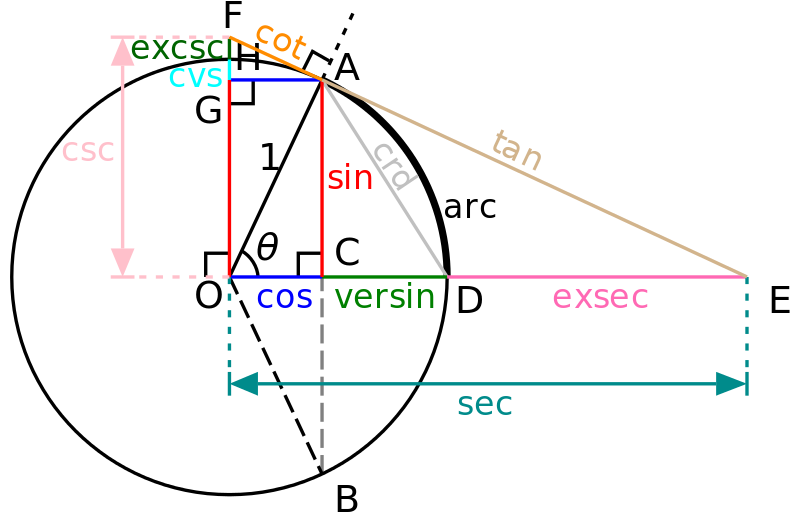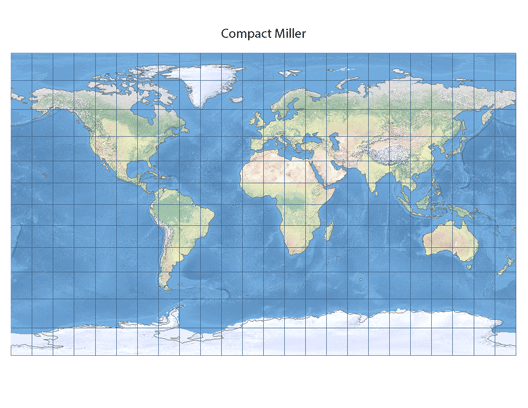Introduction
In Part 1 of this series we saw the setting for the development of a proto European-wide datum by the Germans. This super-National Datum was originally driven from the need of political and military powers in central Europe to comprehensively understand the world around them. Part 2 of the story will concentrate on the Second World War and the Allied military operations that ultimately led to the creation of the European Datum of 1950.
“During the war the German Army also connected triangulations of other European nations to [the German national datum]" Hough 1948
Before 1939 the responsibility with Military Survey at the British War Office was vested in the Geographical Section of the General Staff known as MI4. This Section operated under the Director of Operations and Intelligence, was headed by a Royal Engineer Colonel. Typically the Royal Engineer Colonel would be assisted by Royal Artillery and Infantry Officers. This speaks to the principal application of Military Survey, artillery bombardment and infantry navigation. During the inter-war period a Geodetic sub-section was setup to acquire foreign survey and triangulation data. With increasing evidence in the 1930's that Germany was intending and preparing to launch another war a programme to comprehensively map (and update) the whole of north-eastern France and Belgium (at 1:50,000) began. This effort was led by Colonel P. K. Boulnois under War Office control. To see some of these maps have a look at the plates included in the HMSO book. After the Munich Agreement in 1938 and war with Germany becoming inevitable survey officers were assigned to units for mobilisation. To see more detail concerning MI4 and its organisation see HMSO "Maps and Survey" Books from the War Office e.g. Chapter 01.
War was declared on Germany on the 1st September 1939 after the German invasion of Poland.
By June 1940 the German’s had triumphed in the Battle of France which Adolf Hitler coined "the most famous victory in history”. During the Battle of France the defending British Expeditionary Force was trapped along the northern coast of France, forced to scramble an evacuation of over 338,000 troops to England in the Dunkirk evacuation. After Dunkirk, Germany dominated Western Europe. The British Military reported to Prime Minister Winston Churchill on 4th October that even with the help of other Commonwealth countries and the United States, it would not be possible to regain a foothold in continental Europe in the near future.
Through this interlude where Allied forces fought Axis forces outside of Europe a plan for the invasion of Europe was developed.
Born out of war
The decision to undertake a cross-channel invasion within the next year was taken at the Trident Conference in Washington in May 1943.
Operation Overlord (D-Day)
The Allied operation that launched the successful invasion of German-occupied western Europe during World War II.
The U.S Office of the Chief of Engineers was deployed in WW2 and one of its commitments was to produce, with cooperation of the other allied groups, through revisions and new position readings (see here), battle field situation maps such as the Normandy Landings on 6th June 1944.
Millions of maps were produced throughout the war. The Normandy invasion alone required 3,000 different maps with a total of 70 million copies for keeping the military command fully aware of the operational situation on the ground, in the air and at sea. As the war progressed mapping became more small scale covering larger areas for strategic purposes and it quickly became apparent the lack of geodetic control the allies held over Europe. Probably through national jealously as well as security purposes very little geodetic data was publically available.

Army Group, 12th Engineer Section. August 2, 1944, HQ Twelfth Army Group situation map. Library of Congress Geography and Map Division Washington. http://www.loc.gov/item/2004629096/
HOUGHTEAM (October 1944 to September 1945)
This lack of geodetic data was particularly noticeable when pushing through France and into Germany making artillery bombardment inaccurate particularly so where shelling took place over the horizon and without seeing the target through gun sights. In this situation of shells going awry the Office of the Chief of Engineers formed a secret intelligence unit in 1944 (Hough, 1947), from the Army Mapping Service (AMS), that was allowed to operate throughout the European Theatre without restrictions. This unit was known as the HOUGHTEAM, named after U.S. Army Major Floyd W. Hough (Chief of the Geodesy Division of AMS) the unit consisted of a team of 3 commissioned officers, 10 enlisted men and 4 engineer consultants.
Their task was to move in behind infantry advancements with the aim of gathering as much cartographic and geodetic information as possible from the enemy, calculating the geodetic transformations into the military mapping system and passing the information onto the army and artillerymen in particular (Hough, 1947).
The HOUGHTEAM moved into Europe in September 1944 and set up in Paris to research and identify targets. The team spent time between in Paris as well as on the front typically arriving on the day it was cleared of enemy personnel. By the spring of 1945 the unit was in Germany and working with the 3rd and 7th armies, providing materials to survey and artillerymen greatly assisting in battle performance. During this time the team captured vital geodetic material for the occupation of Baden-Baden, Württemberg and Bavaria.
| “…the war in Europe offered a unique opportunity to exploit known targets and thus to procure from enemy sources captured material of this type both for immediate use of artillery units and for preparation of operational maps.”
Hough 1948 |
Saalfeld, Thuringia
The most famous raid of this unit was made in spring of 1945, when rumour had it that a cache of geodetic data and instrumentation was held in secret including data on parts of the USSR invaded by Germany. On chance when visiting a hospital for wounded Germany soldiers this rumour was confirmed which led to the discovery on April 17th of a huge cache (Bottoms, 1992) in the village of Saalfeld in Thuringia. Interestingly Saalfeld is close (only ~50Km south west) to the town of Jena in the Jena Valley home of Zeiss Optik, the legendary photogrammetry-equipment company that manufactures just the equipment that HOUGHTEAM were hunting, perhaps the team were exploring this area with this knowledge.
The cache, found in a remote warehouse on the outskirts of Saalfeld turned out to include the entire geodetic archives of the German Army! (Mindling and Bolton, 2008)
In true world war two stories of adventure, the discovery of these documents didn’t finish this story, instead the reader noting the location of Saalfeld and the time of discovery little time was left for grabbing the materials (the advancing Red Army was within days of occupying the town), of which there were 90 tons (Mindling and Bolton, 2008), this equated to around 75 truckloads of geodetic data, maps and instruments that needed transport to Bamburg in the American Occupation Zone.
In realising the difficult logistical task ahead for the HOUGHTEAM the Soviets had already began moving in to their zone of occupation.
According to the story in Life Magazine (12th May 1958)...
| “Hough hurriedly borrowed trucks from a U.S artillery unit and the last of them loaded with data was just clearing one side of the village, rushing for the U.S zone, when the Soviets moved in with their tanks on the other side”. |
The materials were lifted completely by May 28th destined for Bamberg and onto Washington for evaluation and archiving.
Russian troops arrived in the city the next day.
The horde of information was huge including...
“triangulation surveys running from Moscow to Vladivostok carried out by Germans in the 1900’s planning of the Trans-Siberian Railway […] first order surveys done by the German army deep within the Soviet Union on the Eastern Front” [as well as] the inaccessible regions of the Communist Bloc countries” (Mindling and Bolton, 2008). |
The importance of this cache, the realisation that the Soviets were also looking for this cache and its closeness to being compromised by the occupying Soviet forces is suggested by a short quote at a meeting of geodesists in Toronto a few years later where leading Russian delegates mentioned that ...“We have heard a lot about you, Mr. Hough".
The data gathered by the HOUGHTEAM throughout the Second World War, data from Spain into Russia formed the beginning of a framework for European wide geodetic datum and framework for ballistic missile target localisation.
Bottoms, D., 1992. Reference paper 79. World War II Cartographic and Architectural Bank of the National Archives Washington, D.C.Mindling, G., and Bolton, R., 2008. U.S. Air Force Tactical Missiles, 1949-1969, The Pioneers. Lulu.com
Hough, F., (1948) The adjustment of the Central European triangulation network. Bulletin géodésique 7(1) pp64-93
Mindling, G., and Bolton, R., 2008. U.S. Air Force Tactical Missiles, 1949-1969, The Pioneers. Lulu.com
